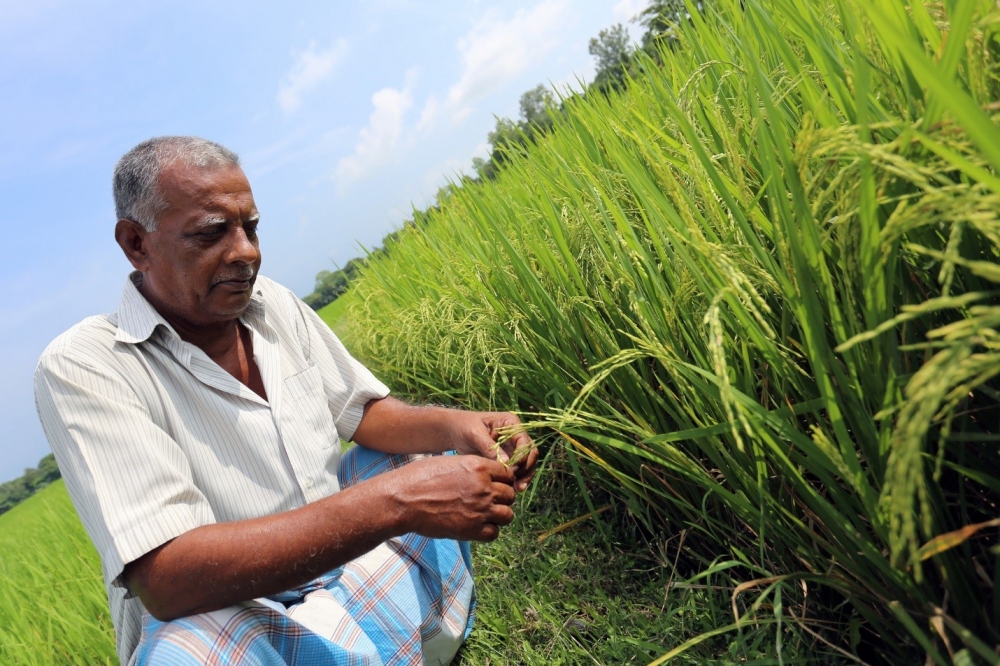News
Nuclear technology is crucial to achieving SDGs, says FAO
28 November 2018

According to Maria Helena Semedo, Deputy Director-General of Food and Agriculture Organisation of the United Nations (FAO), technology and innovation are necessary tools to achieve a world without malnutrition and hunger.
The development and availability of nuclear techniques in food production and agriculture are key to achieving the Sustainable Development Goals. The goal will require the world’s 2.5 billion family farmers at the centre by creating an environment that unlocks potential and encourages prosperity.
Groundbreaking applications in scientific applications in pest control and plant breeding have contributed to improving the livelihoods of the rural poor.
The longstanding partnership between the FAO and the International Atomic Energy Agency (IAEA) has strengthened the sustainable development of agriculture systems and food in areas including enhanced animal production, pest and disease control, food safety and climate resilience.
Through the Joint Division of Nuclear Techniques in Food and Agriculture, FAO and the IAEA use resources to promote technology transfer, manage agriculture and biotechnology laboratories, capacity building initiatives, scientific networks and research and development activities.
Maria Helena Semedo commented:
“While technology plays a central role in providing novel and practical solutions, innovation is about process, institutions, policies and knowledge.
Adding:
“Nuclear science and technology have added comparative and competitive value to conventional approaches in all areas of food and agriculture.”
The agencies’ joint division has a team of approximately 100 scientists, support personnel and technical experts.
The division successfully eliminated the Mediterranean fruit fly from the Dominican Republic, which led to trade interruptions threatening 30,000 jobs. Due to the division’s ability to improve the sterile insect technique and cull invasive pests, the elimination was successful.
Similarly, a long term programme in Pakistan for developing mutant cotton that is resistant to pests and disease had a substantial economic impact of $6 billion.
If you’d like to stay informed on the latest updates in aid and development, please sign up for the AIDF newsletter.
Photo Credit: FAO